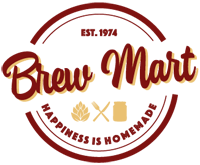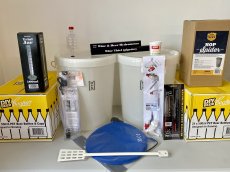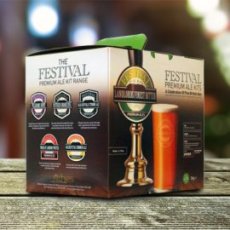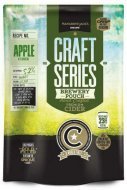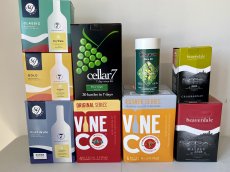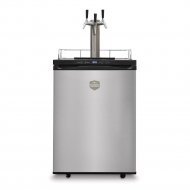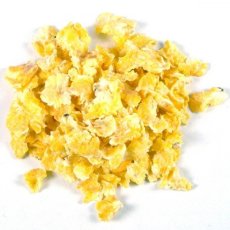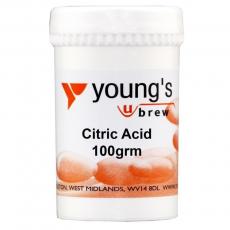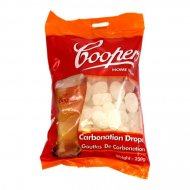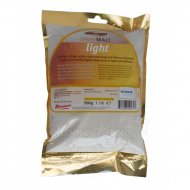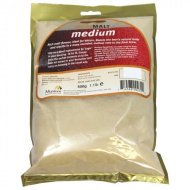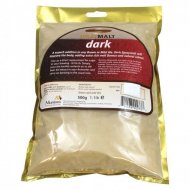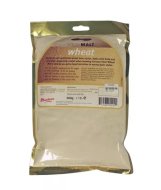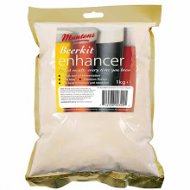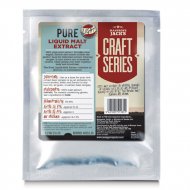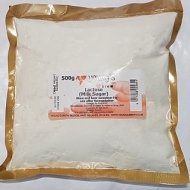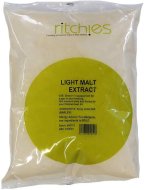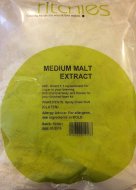Best Sugar for Home Brewing
What sugar should I use when home brewing?
The best sugar for brewing beer are “simple sugars” or monosaccharides, which include fructose, glucose (also known as dextrose) and galactose.
Fructose is found naturally in fruit. Dextrose is derived from corn. Galactose, though not readily found in nature, can be found in milk.
Galactose is not fermentable. (Lactose is a disaccharide formed when galactose and glucose are combined.)
Sugar
DEXTROSE SUGAR
It is widely accepted that dextrose (glucose) is the best homebrew sugar
When used in the boil, dextrose sugar can lighten the body, boost alcohol, and dry out big beers. Dextrose yields up to 35 gravity points per pound per gallon, 77 points per kilo per gallon or 345 points per kilo per litre. In simpler terms, 200g of dextrose in 1 gallon raises the ABV by 1% and is 100 per cent fermentable.
Dextrose comes in 2 different forms for brewing. One type is as a dust or powder, the most common form, and the other as small drops or tablets called carbonation drops used as a lump of priming sugar. The standard powder version is much cheaper and is much better when mixing with a large brew but is awkward to dose and dispense when doing a secondary fermentation (Carbonating), especially for bottles. This is when priming sugar (carbonation drops) helps save a lot of time and faff. Add one or two drops per bottle and seal, then let nature do the rest.
GRANULATED SUGAR
Table sugar or granulated sugar refers to sucrose, a disaccharide made from combining glucose and fructose.
Granulated sugar, like any disaccharide or sugar compound, does not perform as well as dextrose and regularly falls short of 100% fermentation. Using dextrose can obtain consistent results, which will help preserve or improve other aspects of the brew, including taste. Granulated sugar can also slow down the fermentation process. Incomplete fermentation can end up making your drink too sweet. Excess sugar or slow fermentation can also provide bacteria etc., enough opportunity to take hold and spoil the brew.
Malt Extract
MALT EXTRACT
Malt is also a sugar. Malt forms the base of nearly all beers and lagers and is one of the primary contributors to the flavour of beers. When a kit requires extra sugar, there is always the option of exchanging brewing sugar for malt extract. Any exchange can be done gram for gram. Three essential malt extracts are Light, Amber or Medium, and Dark.
The light extract is used for lighter-coloured ales like pale ales, blonde ales, golden ales and lagers. Dark malt is used for dark brews like stouts, porters and dark brown ales. Amber or medium malt is used for beers in the mid-range of colour, like red ales, lighter brown ales, copper-coloured ales and so on.
You get more body and malt flavour and a deeper colour when using malt extract instead of brewing sugar. As a general rule, these are beneficial qualities; however, there are occasions when this might not be so beneficial. For example, people like a lighter, more refreshing drink in hot weather, so extra body and richness might not be so welcome.
Check out all brew Mart's home brew hints & tips
